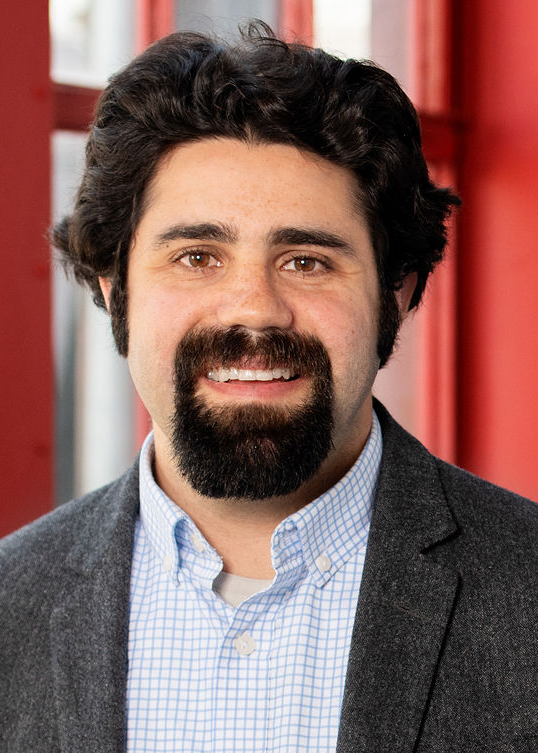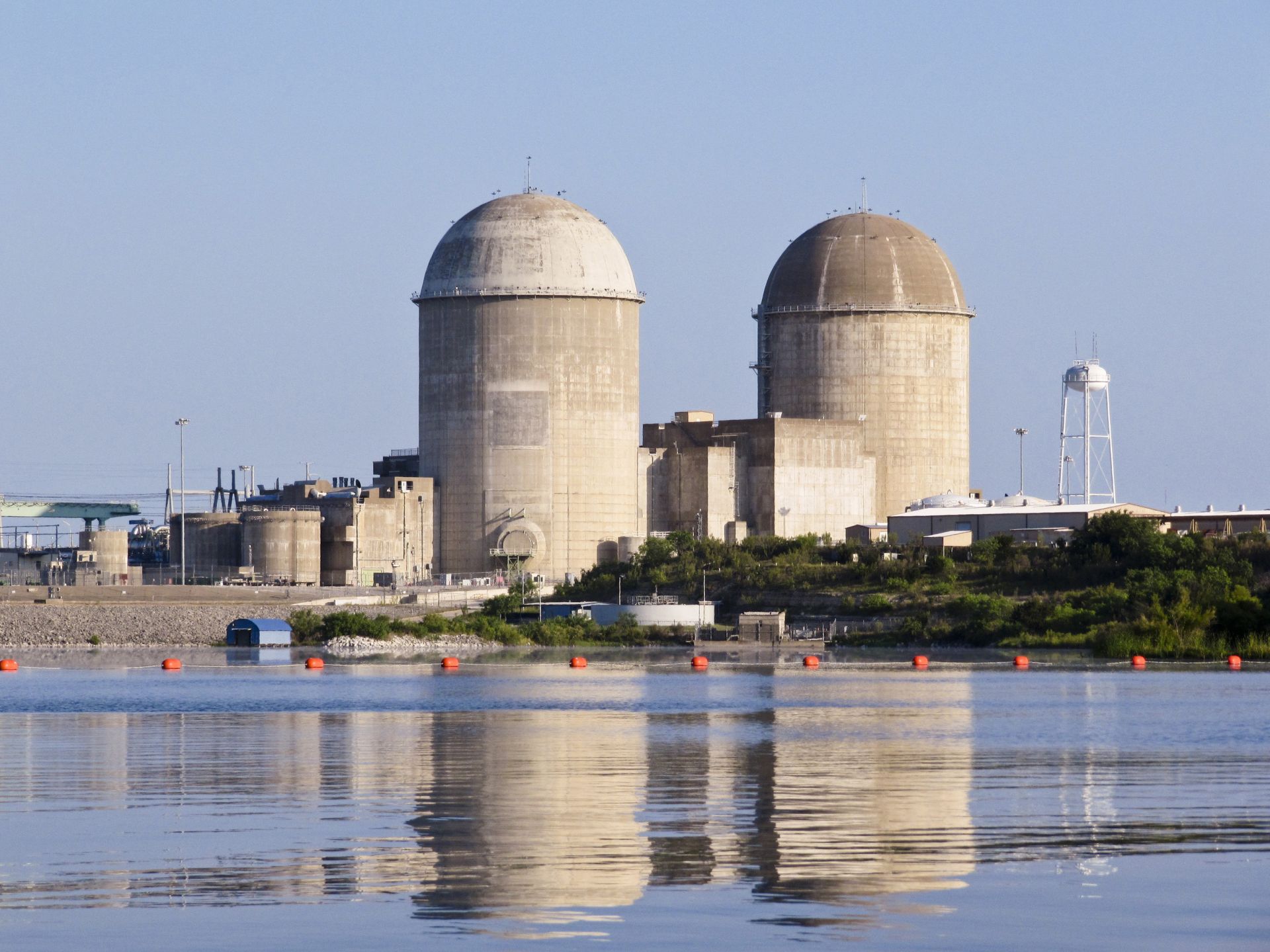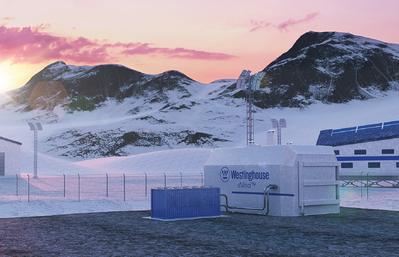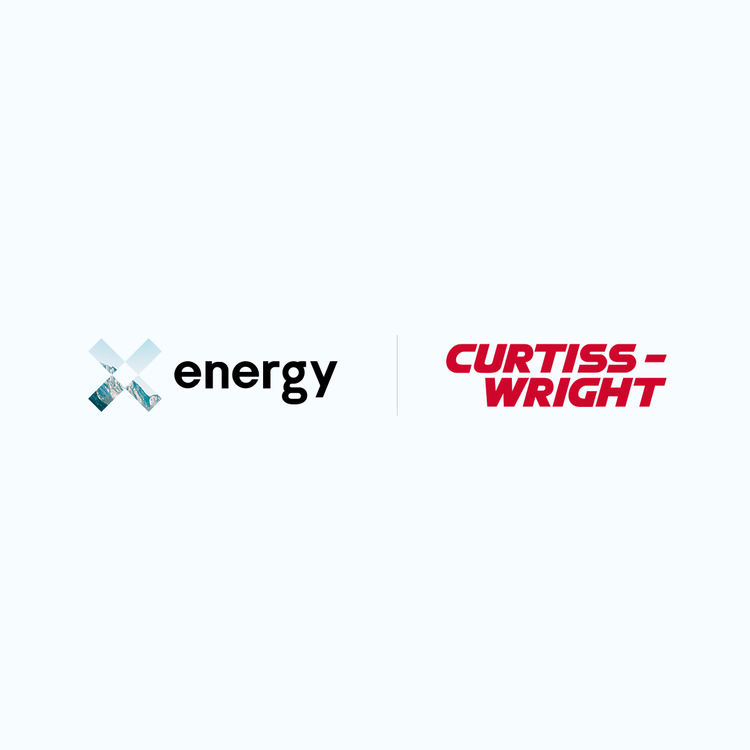Finland’s Olkiluoto-3. (Photo: TVO)
The Unit 3 EPR at Finland’s Olkiluoto nuclear power plant has reached its full capacity of approximately 1,600 MWe for the first time, plant owner and operator Teollisuuden Voima Oyj has announced. Olkiluoto-3 is now the most powerful reactor in Europe and the third most powerful globally, according to TVO. (Currently, the world champions in that department are China’s 1,660-MWe Taishan-1 and -2, also EPRs.)
Luminant’s two-unit Comanche Peak plant in Glen Rose, Texas. (Photo: Vistra Corporation)
Vistra Corporation announced yesterday that it is seeking 20-year life extensions for its Comanche Peak reactors and has submitted an application for license renewals to the Nuclear Regulatory Commission.
Operated by Vistra subsidiary Luminant and located in Glen Rose, Texas, Comanche Peak is home to two Westinghouse-supplied pressurized water reactors. The 1,218-MWe Unit 1 began commercial operation in August 1990, with the 1,207-MWe Unit 2 joining in August 1993. The original 40-year licenses for Units 1 and 2 expire in February 2030 and February 2033, respectively.
Germany’s Isar nuclear plant, located in Essenbach, Bavaria. (Photo: Elmschrat/WikiCommons)
With a reluctant bow to the reality of the energy crisis gripping Europe, the German government this week took a slight step back from its antinuclear power stance, forging an agreement with the operators of the Isar and Neckarwestheim plants to keep those facilities in “operational reserve” this winter should they be needed to ensure the country’s energy security.
ANS Standards Committee publishes new standard for light water reactor risk-informed, performance-based design
The new standard ANSI/ANS-30.3-2022, Light Water Reactor Risk-Informed, Performance-Based Design, has just been issued by the American Nuclear Society. Approved by the American National Standards Institute (ANSI) on July 21, 2022, the standard provides requirements for the incorporation of risk-informed, performance-based (RIPB) principles and methods into the nuclear safety design of commercial light water reactors. The process described in this standard establishes a minimum set of process requirements the designer must follow in order to meet the intent of this standard and appropriately combine deterministic, probabilistic, and performance-based methods during design development.
Belgium's Doel nuclear power plant. (Photo: N. Hippert/IAEA)
Unit 3 at the Doel nuclear power plant has become Belgium’s first reactor to be permanently shuttered, in keeping with that nation’s nuclear phaseout policy. The 1,006-MWe pressurized water reactor, which began commercial operation in October 1982, was removed from service last Friday at 9:31 p.m. (local time).
Belgium’s nuclear reactor fleet now consists of six operating units: Doel-1, -2, and -4 and Tihange-1, -2, and -3. Next on the retirement list is Tihange-2, scheduled to be shut down in February 2023.
The Estonian flag. (Image: WikiCommons)
Moving forward with its plan for small modular reactor deployment in Estonia, Fermi Energia has issued tenders to three SMR firms—GE Hitachi (GEH), NuScale Power, and Rolls-Royce, developers of the BWRX-300, NuScale Power Module, and Rolls-Royce SMR, respectively.
The Estevan region (Image: SaskPower)
As part of its planning and regulatory activities to potentially build small modular reactors (SMRs) in currently nuclear-powerless Saskatchewan, Canadian utility SaskPower has selected the province’s Estevan and Elbow regions for further study. (In 2018, SaskPower joined the Canadian government, three other provinces, and four other Canadian utilities to participate in the development of A Call to Action: A Canadian Roadmap for Small Modular Reactors.)
Graphic rendition of the Aurora microreactor. (Image: Oklo Inc.)
Some eight months after the Nuclear Regulatory Commission denied Oklo Inc.’s license application to build and operate its Aurora microreactor in Idaho, the company has returned to the regulatory fray. On Wednesday, Oklo announced that it has submitted to the NRC a licensing project plan (LPP) outlining its proposed engagement to support future Aurora licensing activities.
The Prairie Island nuclear power plant. (Photo: Xcel Energy)
Clean energy technology firm Bloom Energy has announced plans to install a 240-kW electrolyzer at Xcel Energy’s Prairie Island plant in Red Wing, Minn., to demonstrate the benefits of producing hydrogen with nuclear power. (One of Xcel’s two nuclear plants, Prairie Island houses twin 550-MWe pressurized water reactors.)
How Kairos Power is applying rapid iterative development to the licensing process as part of its strategy to deliver on cost

Laufer
Developing a first-of-a-kind reactor is a daunting endeavor. To be successful, advanced reactor designers need to achieve cost certainty by delivering a safe and affordable product at the promised cost. To meet this goal, Kairos Power structured its approach around four key strategies: 1) achieving technology certainty through a rapid iterative approach; 2) achieving construction certainty by demonstrating the ability to build it; 3) achieving licensing certainty by proving Kairos can license it; and 4) achieving supply chain certainty by vertically integrating critical capabilities. By mitigating risk in these four key areas, Kairos Power is confident that it will get true cost certainty for our future products.
The third prong in Kairos’s strategy—achieving licensing certainty—was a key driver in the decision to build the Hermes low-power demonstration reactor, and it remains a major workstream as the company’s construction permit application (CPA) undergoes review by the U.S. Nuclear Regulatory Commission. Licensing a new nuclear technology is no small challenge, and there are multiple approaches companies can take. Here’s a look at how we at Kairos are approaching it.
Members of the Paragon Energy Solutions, Reuter-Stokes, and NuScale Power teams during a recent visit to Reuter-Stokes’ global headquarters in Twinsburg, Ohio. (Photo: Reuter-Stokes)
Paragon Energy Solutions and Reuter-Stokes have signed a contract to design and manufacture neutron monitoring detectors for small modular reactor developer NuScale Power.







 The International Atomic Energy Agency, for the second successive year, has revised upward its annual projections of nuclear power’s potential growth over the coming decades as an electricity provider.
The International Atomic Energy Agency, for the second successive year, has revised upward its annual projections of nuclear power’s potential growth over the coming decades as an electricity provider.


 Released this week in the lead-up to November’s COP27 event in Egypt is a report from the United Nations Economic Commission for Europe,
Released this week in the lead-up to November’s COP27 event in Egypt is a report from the United Nations Economic Commission for Europe, 

.png)

